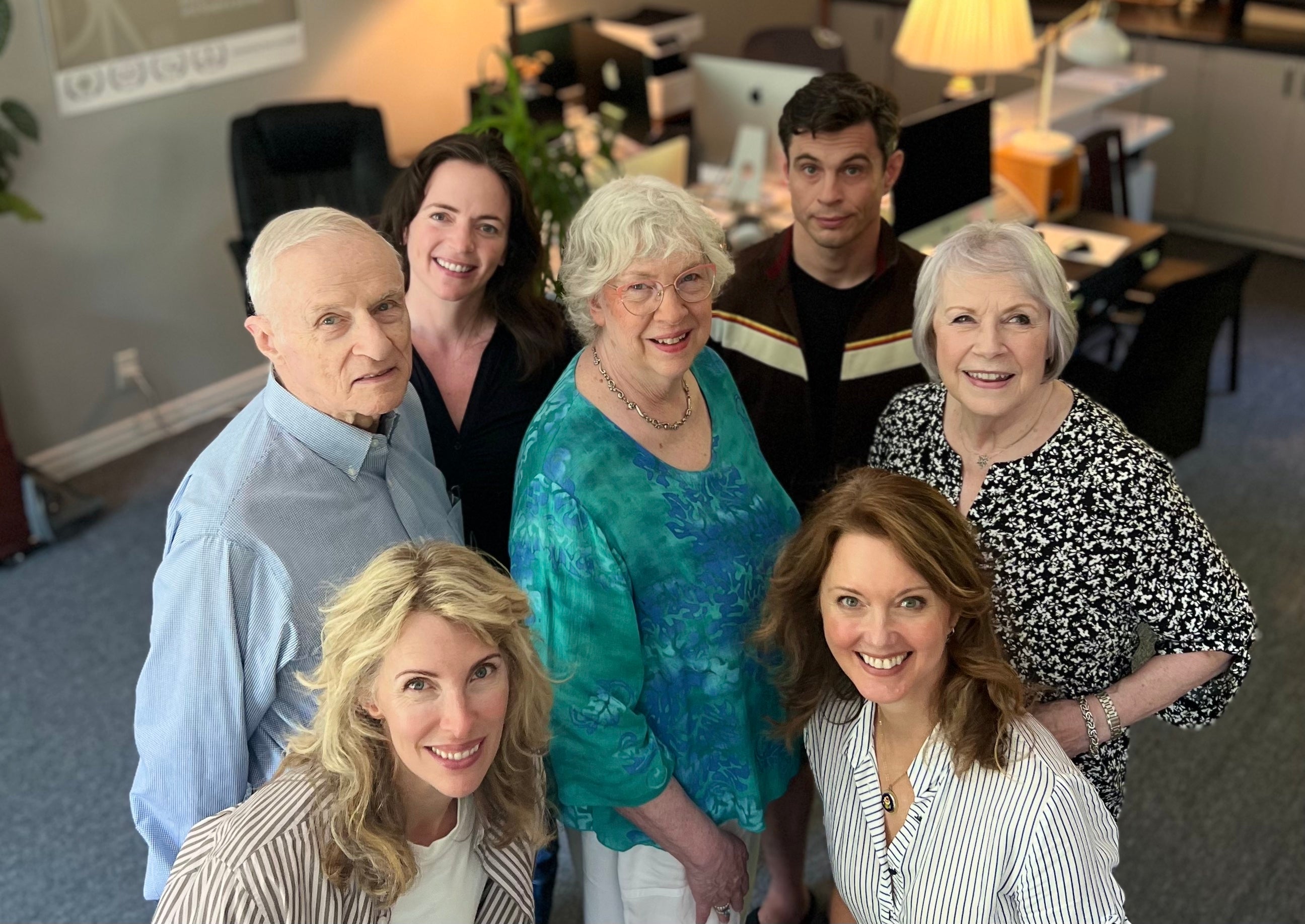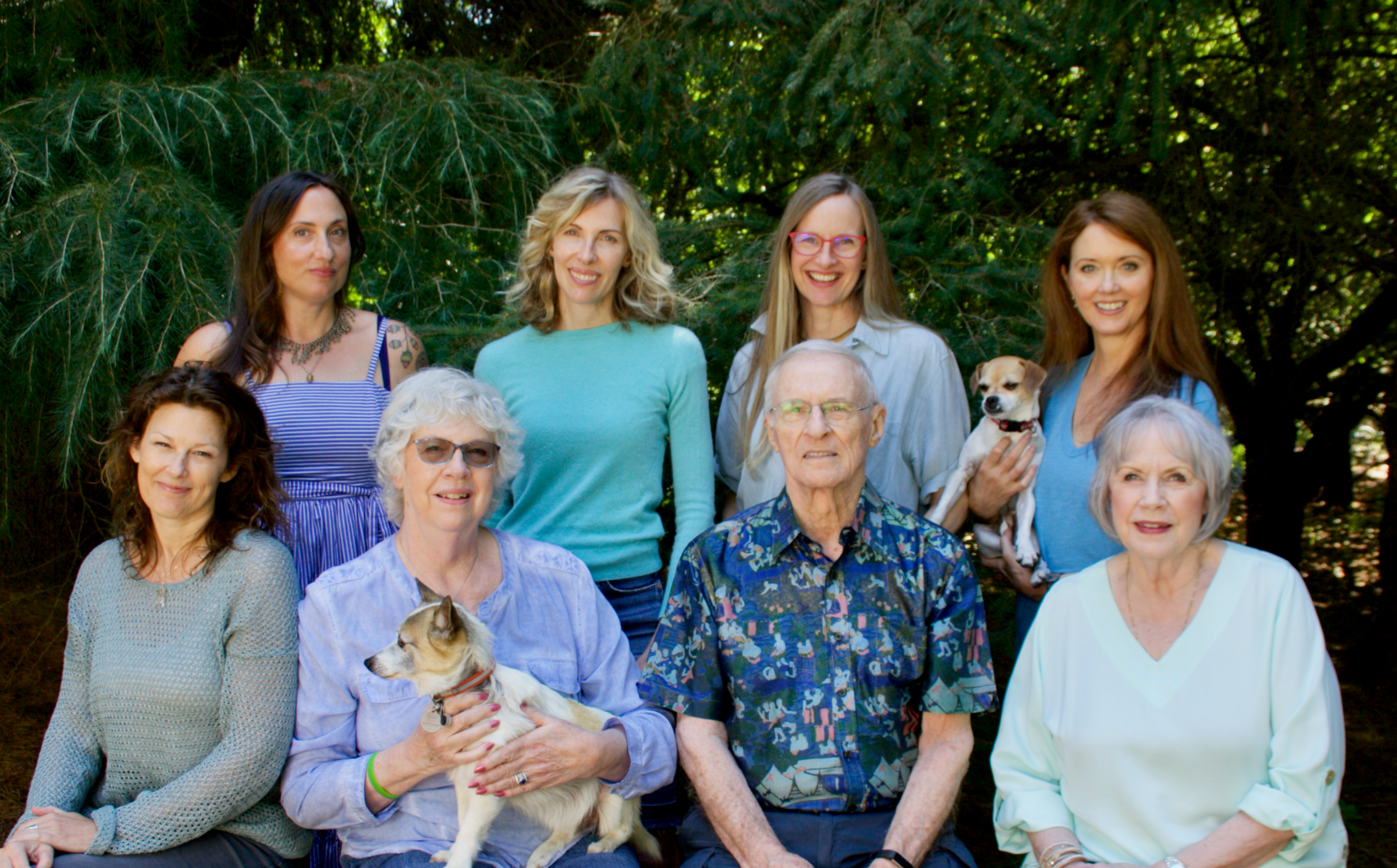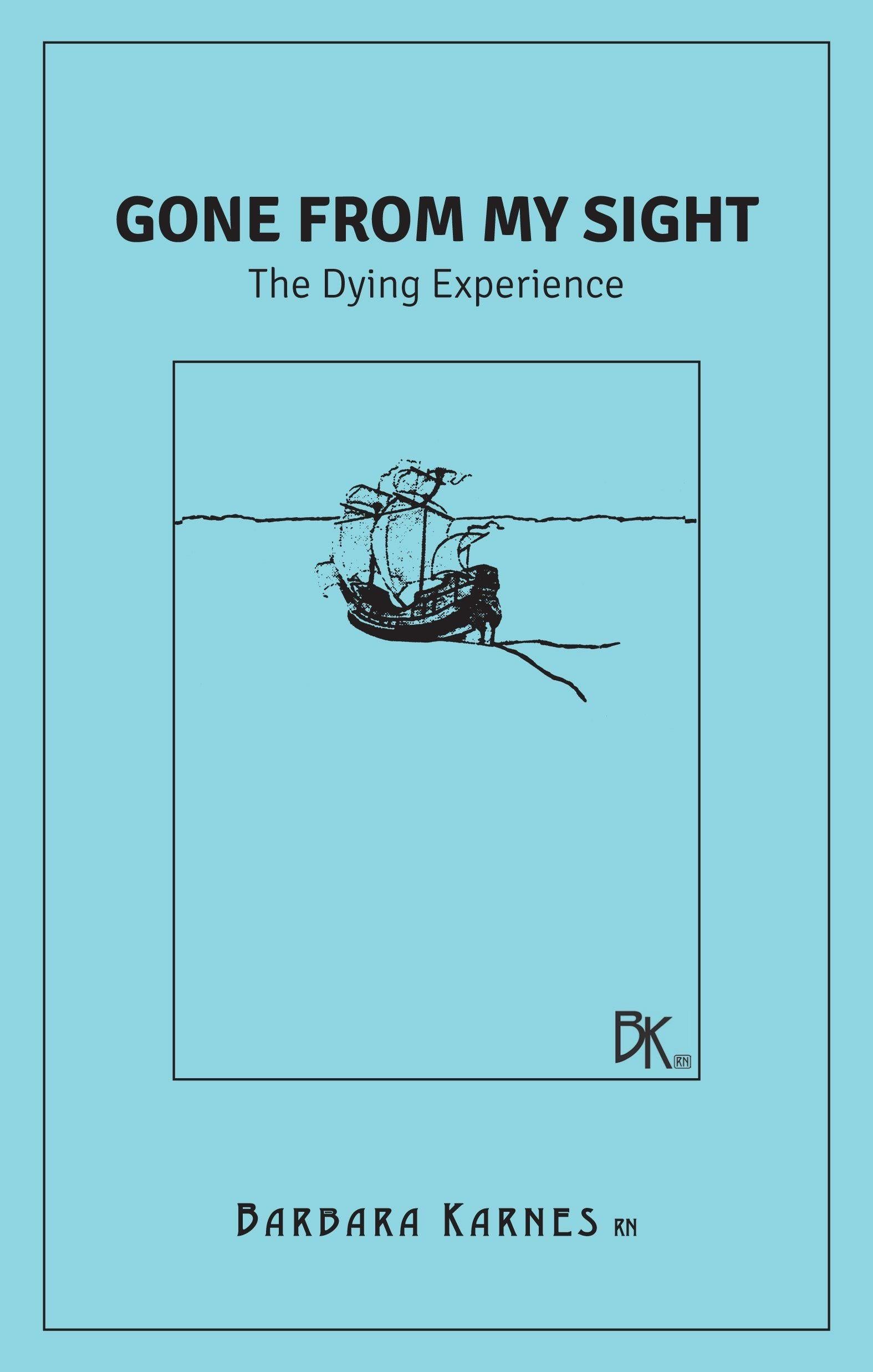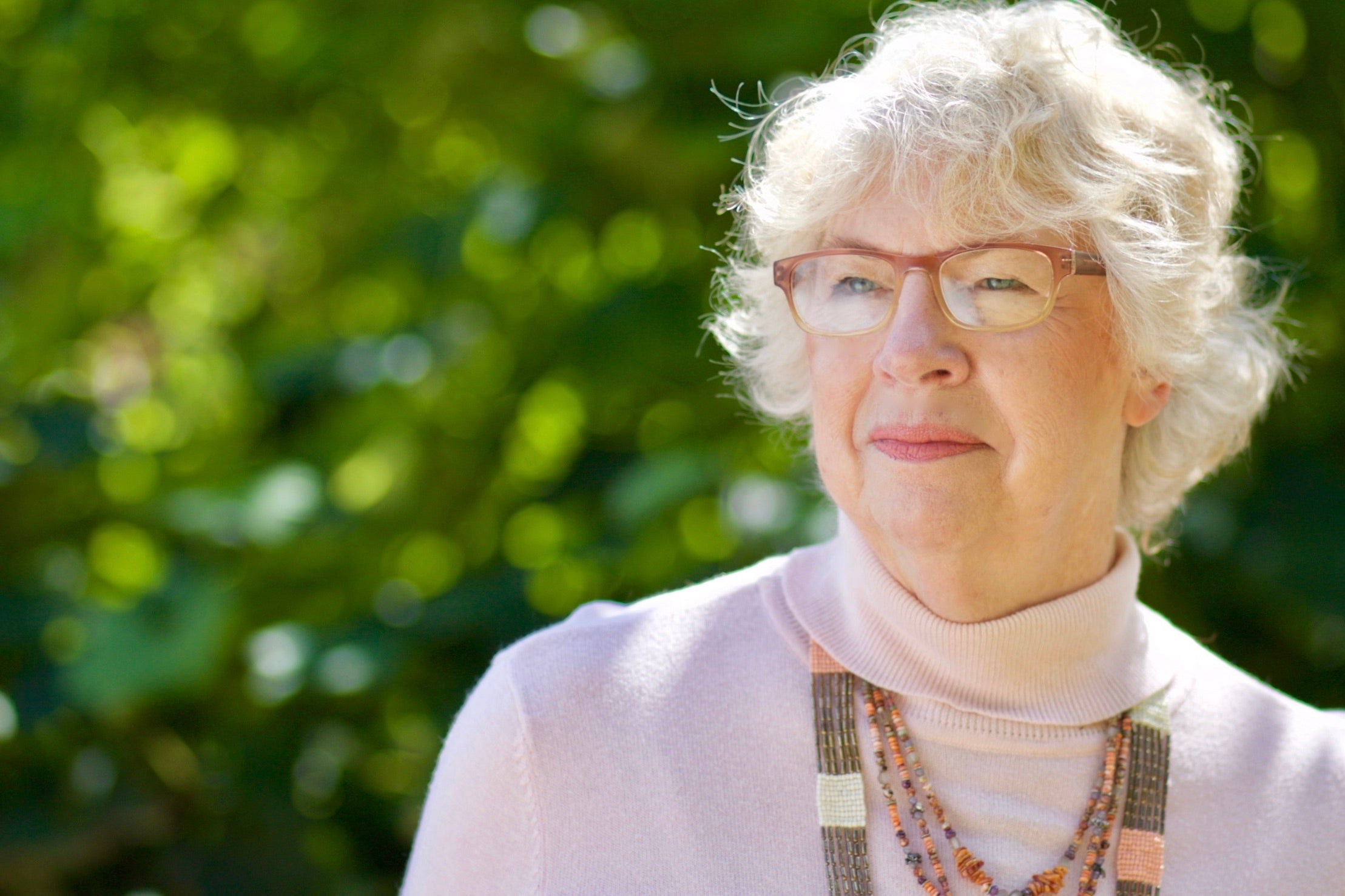QUESTION: Please address the need for closure by medical professionals who work with end of life.
I began working in hospice with the personal belief that death was not bad, that it was a natural part of life. I felt I had something to offer in easing the approach to this final experience in living.
As a nurse I worked with families and the patient. Our average length of stay was 56 days and I was generally at the bedside when the patient died, guiding and supporting the family. I knew the family from weekly to daily visits and then it was over. It seemed like I went from a death to admitting another patient and family and on and on the cycle went. The bereaved family being left in the wake of new admits.
About a year after I began hospice work I attended a grief workshop. The idea was, as a nurse, to learn more about the grieving process so I could help and work with our bereavement programs. It was an interactive grief workshop attended by mostly grieving people. I was “auditing” the group until I fell in a heap on the floor crying about all the “ghosts” I was carrying around. With a lot of listening and support I emerged from the workshop recognizing that even with a solid belief in the naturalness of living and dying, we still mourn.
Each patient and family that we care for touches us in someway. Even with professional reserve a link is formed. Add to this personal connection the fact that dying and death have a lot of subconscious issues and unknown aspects. Because of this connection that is formed and the mystery of dying and death we, who work with it daily, need to find a healthy way to have closure with the bereaved family as we move onto the next patient and family.
We, human beings, relate to ritual; repeated acts tend to bring us comfort and stability. My ritual for closure with a family was to attend the wake/visitation. Visitations are interactive. I could see the body and talk with the family. If there was an open casket I touched the body I had helped care for those many weeks and days and mentally said goodbye, wishing them well on their new journey. To the family I thanked them for allowing me into their lives and for sharing this most intimate time with them. This was my way of saying goodbye.
I am sure there are many ways to find closure that are personal to each individual. The idea I want to convey here is the need for us, who work as pioneers in this end of life arena, to find a way to stay healthy and at peace with our chosen profession.




